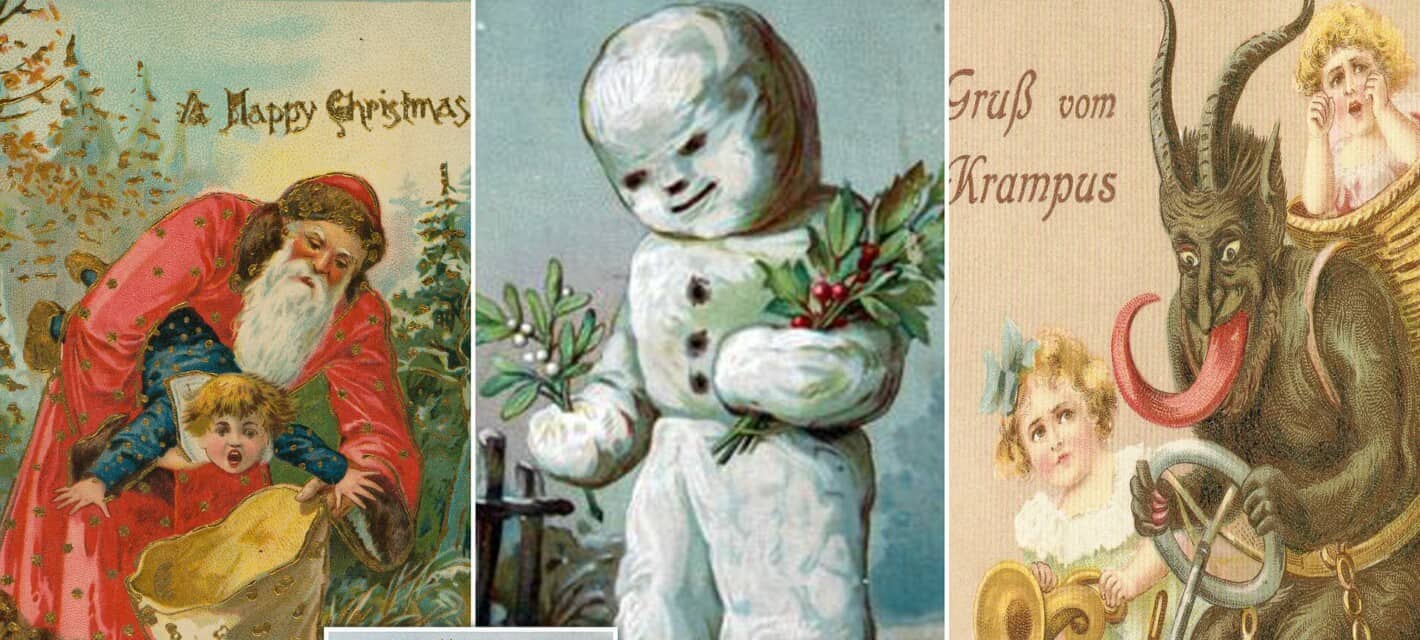Victorian England is a fascinating historical era where the rules of society became quite confusing. From intense medical practices during this era to the Industrial Revolution, it seems like this period of time tested the waters for society. One thing that defines a society more than most things are the holidays and traditions its people celebrate. For Victorian England, a lot of what most people know comes from Charles Dickens. He famously wrote, “A Christmas Carol” which exposes what a holiday like Christmas would have been like. It also explores the class divides during what is supposed to be a joyous season. The Victorian Age (spanning the ludicrously long reign of Queen Victoria from 1837 – 1901) saw the birth of Christmas as we know it. It marked the century that saw the birth of Christmas cards, gift-giving, and Boxing Day, not to mention the arrival of Christmas trees in homes up and down the country. Indeed, it’s no small wonder that Christmas trees made their way from Germany to Britain with such ease. After all, Victoria’s husband, Prince Albert, was German.
The Victorian Age gave birth to experimentation in love, science, society and holidays. And Christmas is not the only holiday that had quirky traditions. And it’s time to explore some interesting Victorian holiday traditions that would baffle many people today. With the quirky, creepy, and sometimes downright odd attributes that defined these Victorian celebrations, it’s interesting to see how far society in England has come. And many people living in the modern day United Kingdom may even still see some Victorian influences in their current holiday traditions.

“Vinegar” Valentines Were the Ultimate Victorian Insult
In the Victorian era, and into the 20th century, lovers exchanged elaborate lace-trimmed cards on Valentine’s Day, expressing their undying love and devotion with sentiments and poems. For those not on good terms, or who wanted to fend off an enemy or unwanted suitor, “vinegar valentines” offered a stinging alternative. Vinegar valentines were commercially bought postcards that were less beautiful than their love-filled counterparts and contained an insulting poem and illustration. They were sent anonymously, so the receiver had to guess who hated him or her; as if this weren’t bruising enough, the recipient paid the postage on delivery.
Here is a shining example of what you could find in a Vinegar Valentine: “To My Valentine / ‘Tis a lemon that I hand you and bid you now ‘skidoo,’ Because I love another—there is no chance for you,” reads one card. Another depicts a woman dousing an unsuspecting man with a bucket of water. “Here’s a cool reception,” it warns, telling the “old fellow” that he “best stop away.” It seems that these types of almost public snubs were pretty commonplace for the holiday of love. Some of these cards could even be crude or vulgar in nature. We often perceive Victorian Era society as being prudish, but there are many examples of people testing the boundaries of polite society. One thing is for sure, you didn’t want to be on the receiving end of a Vinegar Valentine.

